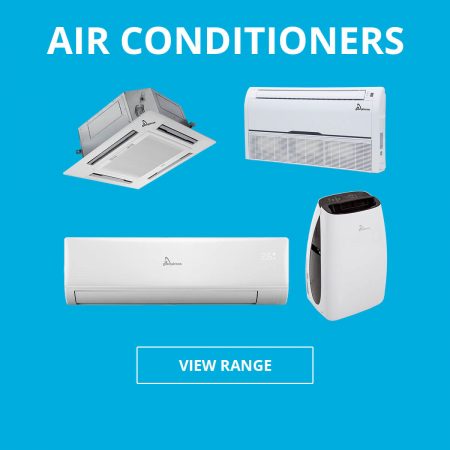An air conditioner is a cooling system utilized in homes and other indoor spaces in order to effectively lower the temperature within the space. It does this through removing the heat and transferring it to an outdoor space. Simultaneously, it will filter cool air into the indoor space. But what causes an air conditioner to stop cooling? We’ll explore this question and others in the article below. [Per saperne di più…]


